(For new reader and those who request 好友请求, please read my 公告栏 first)
民以食為天- cuisines all over the worldEven though admittedly I am not an impartial observer, I would strongly argue that Chinese cuisine is the best over all in the world however measured. Being a food lover, I have in my 40+ years of academic travel tasted numerous styles of cooking. Recorded below are my personal experiences with various different cuisines and their unique features. These are random thoughts and by no mean authoritative. I offer them to fellow Chinese travelers who number more and more everyday.1.Europeans with the possible exception of Northern Italy and France by and large do not know how to cook meat. The final products tend to be tough and dry, seldom succulent and tender. 2.Italian pasta dishes rival the best noodle dishes in China in terms of variety and taste. My favorite is “pasta in pesto sauce”3.Same for French sauces which I think represents their contribution to food.4.I guess because of sanitary conditions, There is no equivalent of the “salad” in Chinese cooking. A plate of raw fresh vegetables and fruits with the proper dressing on a hot summer day really freshens and revives you. 5.A slightly aged beefsteak cooked “rare or medium rare (meaning the interior of the steak appears blood red or pink) ” with no sauce or other ingredients except some salt or pepper is a unique American invention that has no counterpart in the rest of the world. After a prolonged stay in China, this is often the first thing I want upon returning to the US. However, I know many Chinese compatriots will only eat a steak cooked “well done” even after many years living in the US. In my opinion, they are missing something good. Argentina comes a close second in terms of cooking beef.6.On the subject of beef in addition to the US and Argentina, I should mention the Korean grilled beef - Bulgogi, though different, can replace the American steak when you are desperate for good meat. Another alternative is the Brazilian style grilled beef –Churrascoria. In fact, two years ago I had this in Beijing in a restaurant featuring巴西烤肉.Another Korean rice dish Bi-Bim-Bak can substitute for 楊州蛋炒飯 in a pinch.7.Mexican cuisine is fine as an occasional diversion. But I’ll have difficulty eating it every day or every other day. On the other hand, I can have Indian cuisine often without tiring. But partly this is because I am a curry lover.8.The Indonesian “rice table” dinner is often a welcome alternative in Holland if Chinese restaurant are not available. Same can be said about southeastern Asia foods in Europe such as Vietnamese and Thai cuisine. 9.I was in USSR during the height of the cold war in the 70s and food rationing. The only memorable dish I had was Chicken Kiev. 10.Norwegian and Scandinavian breakfasts are sumptuous.11.Japanese food are expensive the world over. Because of its high profit margin, more and more Chinese restaurants in the US are beginning to offer sushi(寿司).12.German sausage, called yeager, goes well with bread and wine on aroadside picnic. It is sort of like cooked 臘腸 but with less fat.13.The western concept of dessert is somewhat different from the Chinese甜食. For example, a piece of a pie (dessert) can be a substantial part of a meal. Also the variety of desserts surpasses what commonly passes for 甜食 such as 八宝飯 etc during a Chinese meal. When invited to an American family for meal, Chinese visitor should save some room during meal for desserts. Otherwise, you will be forced to stuff yourself for not wanting to offend your hostess.14.There is a saying that Chinese eat everything that flies except the airplane and everything that has four legs except a table. I have eaten more exotic things in Chinese cooking than any other cuisine. For a while in the early 80s, people all over the world were worried that the art of Chinese cooking had suffered irreversible damage during the Cultural Revolution. But fear no more, Food one can get in China these days whether in high price restaurants, ethnic specialty house or on street corners are diverse and superb. I always look forward to these every year I travel to China. 15.However, once in Outer Mongolia, I witnessed the slaughter of a live lamb –Mongolian style. And then saw carcass cut up, the intestines stuffed, the blood cooked all in a container filled with water and rocks heated to super hot from an open fire in the middle of meadow This was an exotic experience matched by none other and probably not that different from what a cave man did thousands years ago.16.Different wine goes well with different food. However, in China 酒 is a general term used for all kinds of alcoholic beverage while in the west, we distinguish between wine (葡萄酒 – low alcoholic content and drink during the meal) and liquor (烈酒 – high alcoholic content for cocktails mostly). and liquer (甜酒) which is a very sweet after meal drink. Not making this distinction can lead to embarrassments. But I must say that because of the richness of Chinese dishes, the character of 茅台 or 二饷头 seem more appropriate
(17. Note added 6/29/2014. I need to add one more item in Italian cuscine that I liked very much and has no counterpart in Chinese dishes, i.e., poscuitto with melon. This sweet melon with thinly sliced ham is one of my favorite for breakfast or appetizer for lunch.
Food is harmonizing. “Breaking bread” is an English expression for making peace between two persons. They cannot fight while eating together. It is also a universal language understood by all people. Fifty some years ago, when I first arrived in the US, her cuisine is quite elementary and Chinese restaurants mostly are primitive – of the chop suey and egg foo young variety. But nowadays in metropolitan areas, you can get almost all cooking styles of the world. Liberal immigration policy of the 60s had a great deal to do with this.



 1stFDA细菌分析手册(the 8th edition)
1stFDA细菌分析手册(the 8th edition)

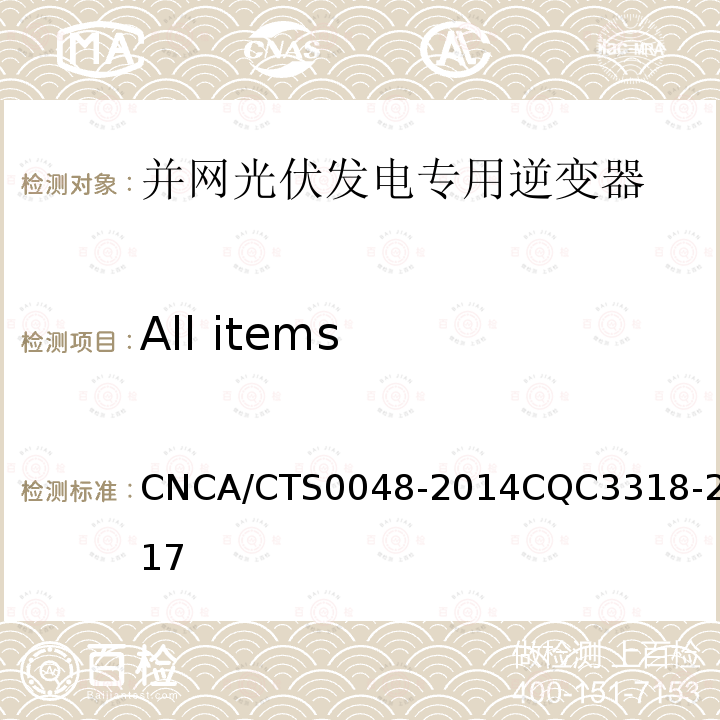
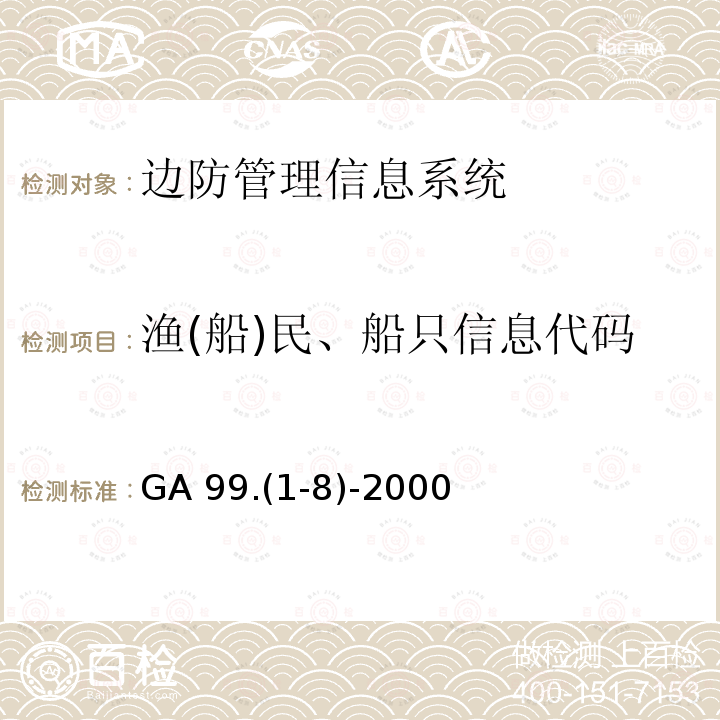

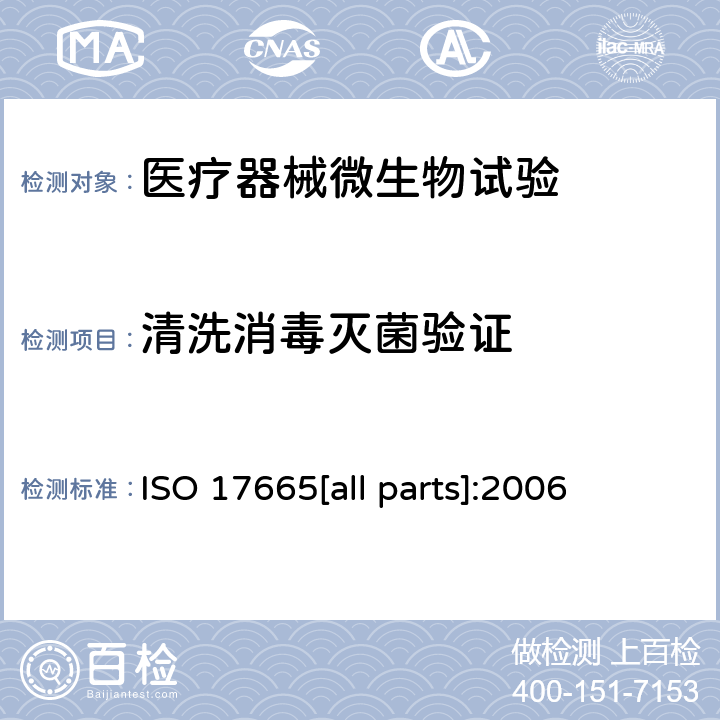

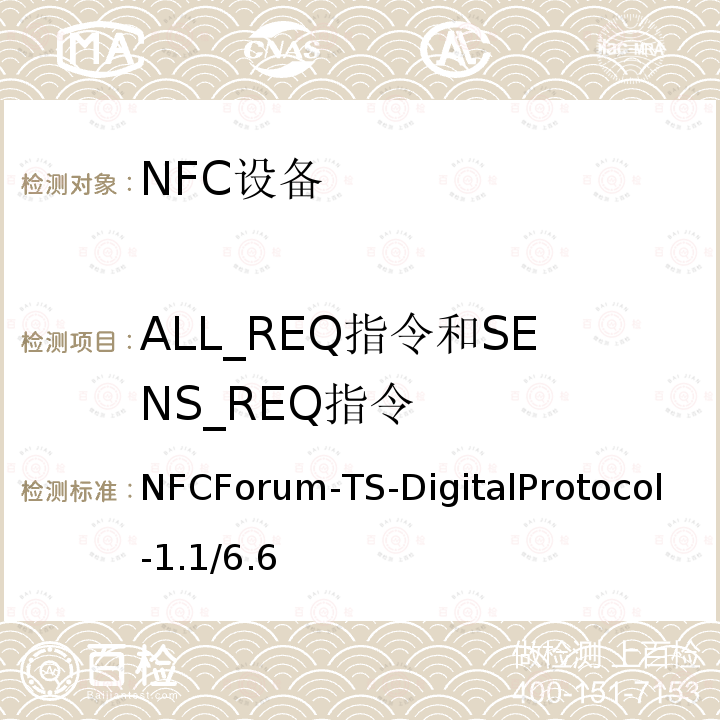
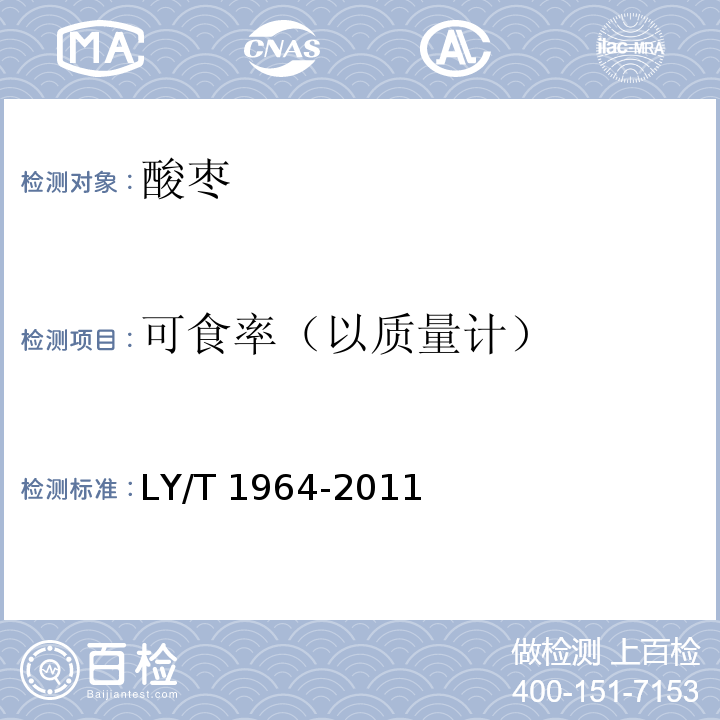




 400-101-7153
400-101-7153 15201733840
15201733840

